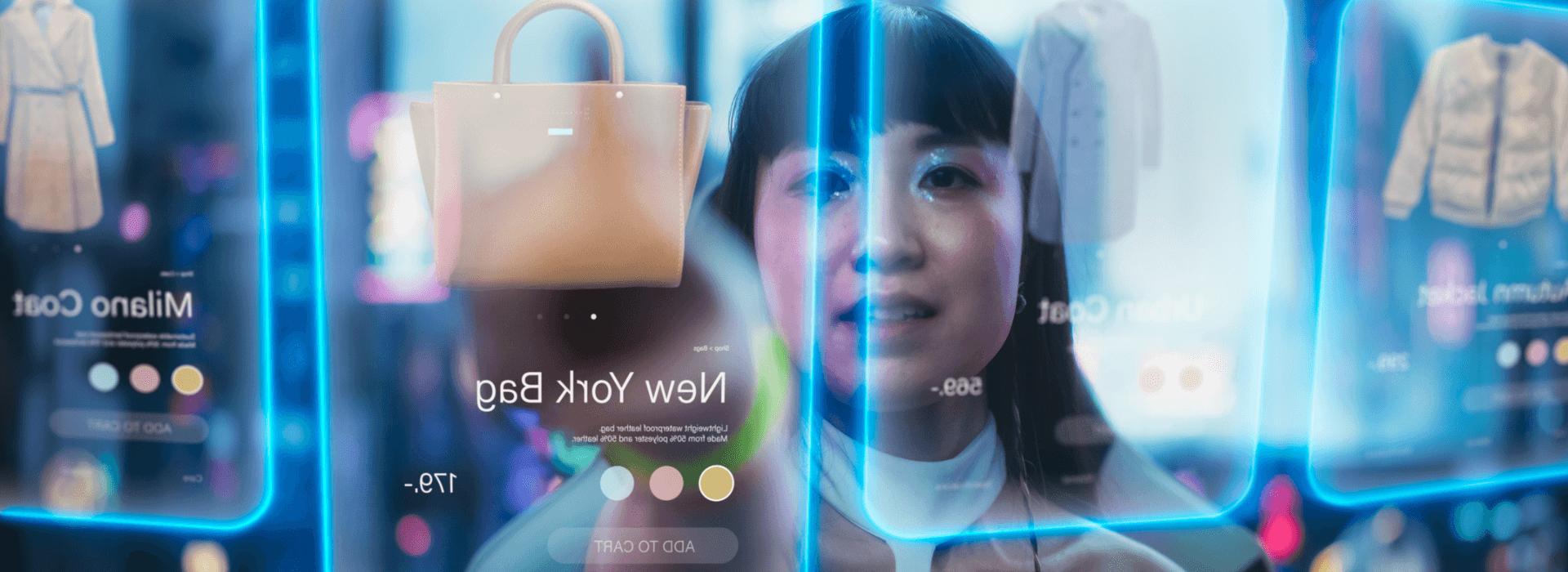
Digital payments have flipped the script. What do you need to know?
What we learned about the changing world of digital payments from Worldpay's 2025 Global Payments Report
We live in a digital world. But what does that really mean for merchants trying to stay ahead of the latest needs of ever-demanding and tech-savvy consumers?
We’ll look at this larger trend of the Global Payments Report 2025 and provide a helpful cheat-sheet of key takeaways.
No longer ‘alternative’
Everyone’s talking about digital payments. But what does that mean exactly?
At Worldpay, we classify digital wallets, account to account (or A2A for short) and buy now, pay later as digital payments. These were formerly known within the industry as “alternative” payment methods, but we’re retiring that term since the GPR 2025 shows they’re now the dominant class of payments.
- Digital payments grew from 34% of e-commerce value in 2014 to 66% in 2024.
- In store, they surged from 3% to 38% during the same period.
Back in 2014, only 3% of global transaction value at point-of-sale – in a retail store or restaurant, for example – was conducted via a digital payment method. Now, many people leave the house without their wallet or purse, expecting to go about their day, transacting through their mobile phone alone.
James Fry, head of enterprise product at Worldpay, says, “I rarely have my wallet with me, or any form of cash. I use Apple Pay, so it's super easy whether paying [in person] or in an e-com environment. Typically, it’s the only way I pay unless it's not an available option.”
Let’s be precise
Something we’re often asked by merchants is how to distinguish between a digital wallet payment and a card-funded digital wallet payment.
For us, the digital wallet is the method of payment, even if you’re seeing a picture of a card when you tap your phone to the terminal. Examples of digital wallets include Apple Pay, Google Pay, PayPal and WeChat Pay.
However, one of the reasons that cards remain as relevant as ever, the report shows, is that they’re innovating, too – jumping into wallets as the primary funding source across many markets.
- Used directly and from within digital wallets, we forecast cards will account for 56% of global consumer payment value in 2030, or roughly $32.5 trillion.
- 70% of Australian and U.S. consumers fund their digital wallets with cards; 67% in the UK; but just 25% in Thailand. The figure is lower where A2A is the leading payment method.
A2A: an instant hit
A2A enables payments to happen easily, swiftly and directly. Inherently convenient, these “fast,” “instant” or “real-time” payments, as they are also known, are gaining popularity globally, with governments building payment systems and networks to enable further A2A growth. As seen with India’s Unified Payments Interface, UPI for short, and Brazil’s Pix, A2A has revolutionized markets previously dominated by cash and boosted financial inclusion.
Real-time systems go beyond institutions, with stakeholders including banks and financial technology companies building, expanding and innovating in this space. With the benefits it brings to merchants – such as faster settlement speed and lower cost of acceptance – we expect to see A2A use expanding both geographically and within categories of business.
- More than 20 of the 40 GPR markets have launched successful fast payment systems in the last decade, including BLIK in Poland, Vipps in Norway and Wero across Europe.
- By 2030, total A2A transaction values are projected to reach nearly $3.8 trillion.
“For me, the most significant change in payments of the last 10 years is the rise of instant payments,” says Silvia Mensdorff-Pouilly, Worldpay’s head of business development in Europe, the Middle East and Africa. “It’s completely transformed how money moves and will continue to transform it. The combination of open banking and instant payments is going to continue to drive a lot of further change.”
Shoppers like BNPL
Another key trend in the GPR 2025 is how fintechs have driven innovation and forced others to innovate, too. In recent years, we’ve seen BNPL crash the payments party and pump up the volume.
In our first Global Payments Report, in 2015, we estimated the e-commerce transaction value of BNPL to be a mere $2.3 billion globally. Now, we estimate it to be $342 billion – up 15,000%. A hit with consumers who value the choice and flexibility that this payment method brings, many of our retail merchants now consider some form of BNPL option to be an e-commerce checkout essential.
“The biggest change I’ve seen in payments over the past 10 years is the diversification of alternative and local payment methods,” says Laurel Wolfe, senior vice president of marketing at Worldpay. “Consumers want more choice, control and convenience in their payments experiences than ever before, and that's what those payment methods give them.”
Your global payments playbook
As digital payments continue to change the payments landscape at breakneck speed, the Worldpay Global Payments Report has been created to serve as your guide.
To understand more about these digital payment trends and more, across 40 global markets, download your copy today.
Related Insights


